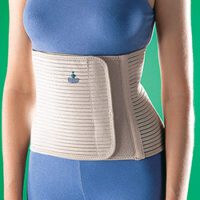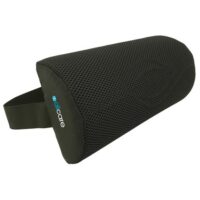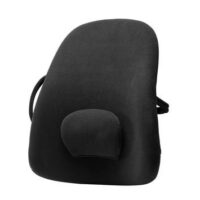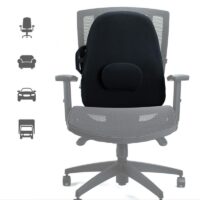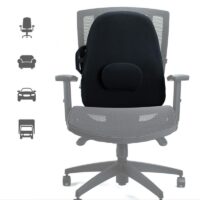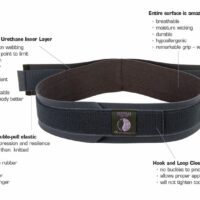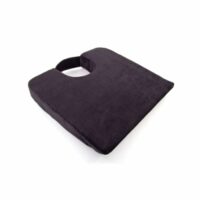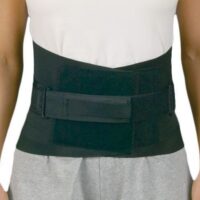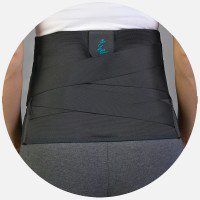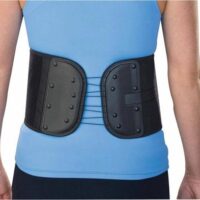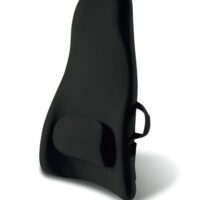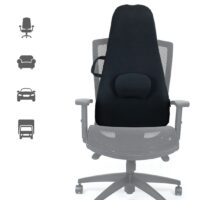Diastasis Recti
Article by Nadine Stewart

Diastasis Recti (Abdominal Separation)
Key Strategies for Effective Management
What is Diastasis Recti?
Diastasis Recti, also known as Abdominal Separation, is a condition where the rectus abdominis muscles spread apart. This situation is most common during and following pregnancy as the abdomen expands to accommodate a growing baby.
Understanding Causes and Risks
The main trigger for Diastasis Recti is pregnancy. The condition arises due to the uterus expanding, exerting pressure on the abdominal muscles. Factors increasing the risk include maternal age, high birth weight of the baby, significant weight gain during pregnancy, and having multiple pregnancies.
Identifying Symptoms
Diastasis Recti is characterised by a noticeable gap between the abdominal muscles, an abdominal bulge during muscle tension, and possibly, lower back discomfort. These symptoms signal the widening of the muscle space.
Diagnosis Process
Diastasis Recti is diagnosed through a detailed assessment by a physiotherapist or doctor. Techniques such as manual palpation, measurement, and possibly ultrasound, help in evaluating the extent of muscle separation.

Physiotherapy as a Treatment Option
Physiotherapy is central to managing Diastasis Recti, offering:
- Guidance on body mechanics
- Advice on modifying lifting and exercising habits
- Recommendations for daily activity adjustments
- Customised exercise programmes aimed at reinforcing core stability and reducing muscle separation
- Suggesting supportive wear for added abdominal support
Anticipated Results
A majority of individuals with Diastasis Recti witness substantial improvement or full resolution of symptoms through targeted physiotherapy, leading to enhanced core stability and function.
When Surgery Is Considered
In cases where physiotherapy does not result in desired improvement, surgery may be considered as an option to address Diastasis Recti symptoms.
Professional Consultation Is Key
For tailored management plans, consulting a physiotherapist who specialises in pelvic floor and abdominal conditions is crucial. Expert guidance ensures the safe and effective treatment of Diastasis Recti.
Conclusion
While Diastasis Recti is a common concern, especially post-pregnancy, it can be effectively addressed with physiotherapy. Early symptom recognition and seeking expert advice pave the way for successful management.
Next Steps
If Diastasis Recti affects you, reaching out to a physiotherapist is essential. They will develop a personalised plan to support your recovery and improve your abdominal health.
Related Articles
- Pelvic Floor Exercises: Explore the importance of pelvic floor exercises, especially in relation to strengthening the core and abdomen area which is crucial for those dealing with Diastasis Recti.
- Pregnancy Back Pain: Offers insights into managing back pain during pregnancy, a common issue that can be exacerbated by abdominal separation.
- Pregnancy Massage: Details the benefits of pregnancy massage in managing discomfort, including areas affected by the stretching of the abdomen.
- Prolapse: Discusses prolapse, a condition that can be of concern alongside Diastasis Recti, especially post-pregnancy.
- Stress Incontinence: Provides information on managing stress incontinence, a condition that may relate to weakened abdominal and pelvic floor muscles.
- Pre and Post-Pregnancy Exercise Prescription and Rehabilitation: Focuses on exercise regimens tailored for before and after pregnancy, which can help in strengthening the core and potentially mitigating issues related to Diastasis Recti.
- Mastitis/Blocked or Plugged Ducts: While primarily focused on breast conditions during breastfeeding, understanding the comprehensive approach to post-pregnancy health can be beneficial.
- Underactive Pelvic Floor: Offers guidance on addressing underactive pelvic floor issues, which can complement the management and recovery process for Diastasis Recti.
- Sacroiliac Joint Dysfunction: Provides insights into managing SIJ issues, which can affect overall posture and core stability, indirectly relating to abdominal health.



